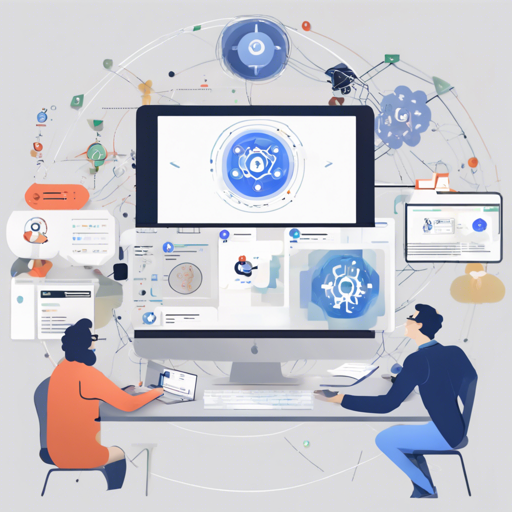In today’s blog, we’ll explore how to navigate and utilize GitHub for exciting AI projects effectively. GitHub is a powerful platform for collaboration and code management, making it a cornerstone for those venturing into artificial intelligence development.
Getting Started with GitHub
Before diving into AI development, ensure you have a GitHub account. If you don’t have one, follow these steps:
- Create your GitHub account.
- Verify your email address after registration.
- Familiarize yourself with the GitHub interface, including repositories, issues, branches, and pull requests.
Finding AI Projects on GitHub
Now that you have your account set up, let’s find some AI projects:
- Utilize the search bar to find repositories by keywords like “AI”, “Machine Learning”, or “Deep Learning”.
- Check trending projects or explore the AI topic page.
Cloning a Repository
Once you find an interesting project, the next step is cloning it to your local machine:
-
- Navigate to the project’s repository.
- Click on the green “Code” button and copy the URL.
- Open your terminal and run the command:
git clone [repository-url]- This will create a local copy of the repository on your machine.
Exploring the Code
Think of exploring the code like inspecting the inner workings of a clock. Each gear represents a function or method that contributes to the overall operation. As you delve into the code, you will see how these components interact to bring the project to life.
Running the Project
To see how the AI model functions, you often need to set up your environment:
-
- Check the README.md file for setup instructions, dependencies, and usage.
- Install required packages, typically listed under requirements.txt or within the README:
pip install -r requirements.txt- Run the main script to see the model in action!
Troubleshooting Common Issues
If you encounter issues during development, here are some troubleshooting ideas:
- Ensure all dependencies are installed.
- Read the error messages carefully; they often point to the specific line of code causing the issue.
- Look into the issues section of the project repository; perhaps others have faced similar hurdles.
- If you don’t find a solution, feel free to create a new issue describing your problem.
For more insights, updates, or to collaborate on AI development projects, stay connected with fxis.ai.
Contributing to Projects
Once you feel comfortable, you may want to contribute to a project:
- Fork the repository to create your version.
- Make your changes and commit them with informative messages.
- Create a pull request to suggest your changes to the original project.
Conclusion
Congratulations! You now have a roadmap for utilizing GitHub in AI development. Embrace the iterative process of learning through exploration and collaboration. At fxis.ai, we believe that such advancements are crucial for the future of AI, as they enable more comprehensive and effective solutions. Our team is continually exploring new methodologies to push the envelope in artificial intelligence, ensuring that our clients benefit from the latest technological innovations.

